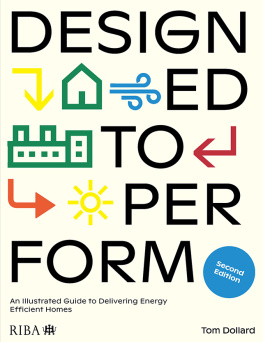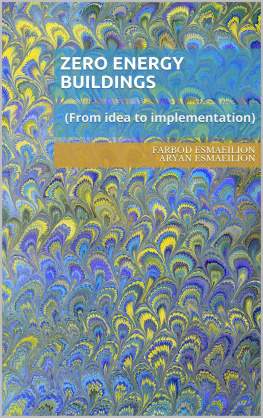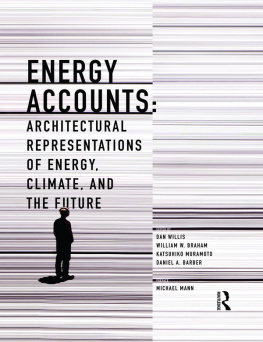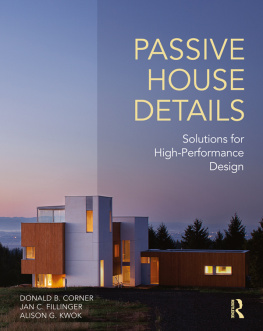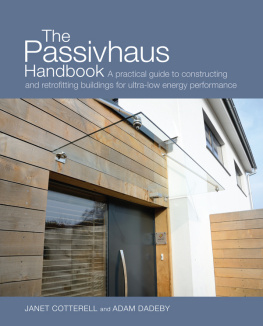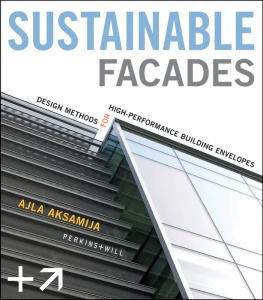First published 2018
by Routledge
711 Third Avenue, New York, NY 10017
and by Routledge
2 Park Square, Milton Park, Abingdon, Oxon OX14 4RN
Routledge is an imprint of the Taylor & Francis Group, an informa business
2018 Taylor & Francis
The right of Timothy L. Hemsath and Kaveh Alagheh Bandhosseini to be identified as authors of this work has been asserted by them in accordance with sections 77 and 78 of the Copyright, Designs and Patents Act 1988.
All rights reserved. No part of this book may be reprinted or reproduced or utilised in any form or by any electronic, mechanical, or other means, now known or hereafter invented, including photocopying and recording, or in any information storage or retrieval system, without permission in writing from the publishers.
Trademark notice: Product or corporate names may be trademarks or registered trademarks, and are used only for identification and explanation without intent to infringe.
Library of Congress Cataloging-in-Publication Data
Hemsath, Timothy, author. | Bandhosseini, Kaveh Alagheh, author.
Title: Energy modeling in architectural design / Timothy Hemsath and Kaveh
Alagheh Bandhosseini.
Description: New York: Routledge, 2018. | Includes index.
Identifiers: LCCN 2016050710| ISBN 9781138889378 (hardback) | ISBN
9781138889392 (pbk.) | ISBN 9781315712901 (ebook) | ISBN 9781317496328
(mobi/kindle)
Subjects: LCSH: Architecture and energy conservation. | Buildings--Energy
conservation--Computer simulation.
Classification: LCC NA2542.3.H46 2018 | DDC 720/.472--dc23
ISBN: 978-1-138-88937-8 (hbk)
ISBN: 978-1-138-88939-2 (pbk)
ISBN: 978-1-315-71290-1 (ebk)
Acquisition Editor: Wendy Fuller
Editorial Assistant: Norah Hatch
Production Editor: Kelly Cracknell
Typeset in ITC Galliard
by Servis Filmsetting Ltd, Stockport, Cheshire

Rives Taylor, FAIA
How do things get made or built How do they work?
For many, if not all, designers this lies at the heart of our attraction to the discipline and what got us into this passionate journey of creation and realization in the first place. This passion is what drives the authors to frame this valuable insight into our eras challenging design context. Design performance is the new focal point.
Perhaps now more than at any other time within the history of design do architectural designers, who are the creators of the early twenty-first-century human environment, increasingly carry the mantle of finding balance with the natural environment. In design, we have the imperative to steward the biological environment and the holistic sum of the parts. Our era elevates sustainable design, resilient strategies, resource and human stewardship practices, discussions about global impact of design to mitigate climate shift. These debates have led to calls for integrated process, regenerative, holistic, lifecycle, and net-zero project delivery. This discourse occurs from our design studios through our design practices and is ultimately displayed in the everyday environments we create, build, and operate to support our global wellbeing. Design performance is the new focal point, as Professor Hemsath notes:
According to the Intergovernmental Panel on Climate Change (IPCC), buildings offer the lowest-cost investment potential for reducing greenhouse gases from carbon emissions. This cost capacity is twice that of any other category, with the second being industry. It helps to know that the decisions we make about a buildings design early in the process actually reduce energy consumption and climate emissionsin fact, the IPCC estimates that in the building sector, recent advances in technologies, know-how and policies provide opportunities to stabilize or reduce global energy use to about current levels by mid-century.
However, this is a very tall order: the design disconnect comes in our architectural disciplines seeming inability to connect cause and consequence. Endemic to much of our business thinking perhaps is that architects in the system create products that last for generations. Our profession sees through an awareness of lifecycle thinking, which creates a huge lasting global impact in the construction and operations of that built environment. For over 50 years we have been guilty of profligate energy use, often creating an adversely inhuman, sick building situation. Energy Modeling in Architectural Design in its initial overview of the design performance acutely documents our recent history of design and the responses, some with better outcomes than others.
It is the cause-and-effect of architectural design decisions seen in design education, through studio and technology courses at two universities and a global practice; it may be as simple as asking the designer where is north with drawings lacking the compass rose. How does the climate affect your design? Is accessibility a driver or simply a code requirement? How are you applying knowledge of wellbeing (much less have you even studied human factors)?
The mystery of the design process increasingly is hiding a lack of rigor to recognize design realization or everyday outcomes. Digital design/design virtualization has arisen from our computer-aided design, giving us virtual realization and now virtual reality. Truly incredible forms, designed through a raft of integrated coding processes, allow us to anticipate what a building looks likebut not how it will perform in the environment in a city, much less how the diversity of the human occupants will literally use it or feel about it. Will this virtual environment reflect resource stewardship or human comfort?
One of the many key elements this insightful text offers for the twenty-first-century design process is a clarity of methodologyan integrated design decision process recognizing operational outcomes. This is the best of computational design processit is a valuable primer of what the design team needs to value in the design and delivery process for energy performance.
Energy simulation modeling, allied with daylight modeling and other resource use mapping, is perceived by too many in the architectural profession as either an academic approach or overtly an engineering-only pursuit, often applied to align the HVAC (heating, ventilation and air conditioning) design with what the architectural team has thrown over the transom. Many of the tools have evolved to be far friendlier than the early DOE2 versions, as Professor Hemsath notes. The lack of use, or simply using many of these simulation tools just once for the code requirement or LEED prerequisite, comes from the disconnect of the model with the design process and often the disconnect of the modeler from the rest of the team. It is the powerful insight of this text that maps the design teams, their process, and the iterative outcome of an energy simulation to deliver integrated design.
This computational design is increasingly the best practice for client value delivery; we tackle this former design dysfunction/disconnect using a design inception process called Smart Start, where projected operational and human use performance indicators are documented for continual reference and course correction. This text excels in its documentation of the clear methodology to develop the energy optimization of the owners project requirements and the attendant integrated architectural and mechanical basis of design. This is not simply for LEED prerequisites, but is the vital tool for the lifecycle for all projects of all scales.
Like so much in the twenty-first century, the evolution of processes, ideas, and global challenges will no doubt make many of our design processes and aesthetics rapidly outdated or out of touch with our client and student demands. Professor Hemsath has delivered more than a toolkit or methodology, but a valuable mindset of performance-based design, couched in a brief but exemplary anthology of our predecessors that influenced architectural design.


